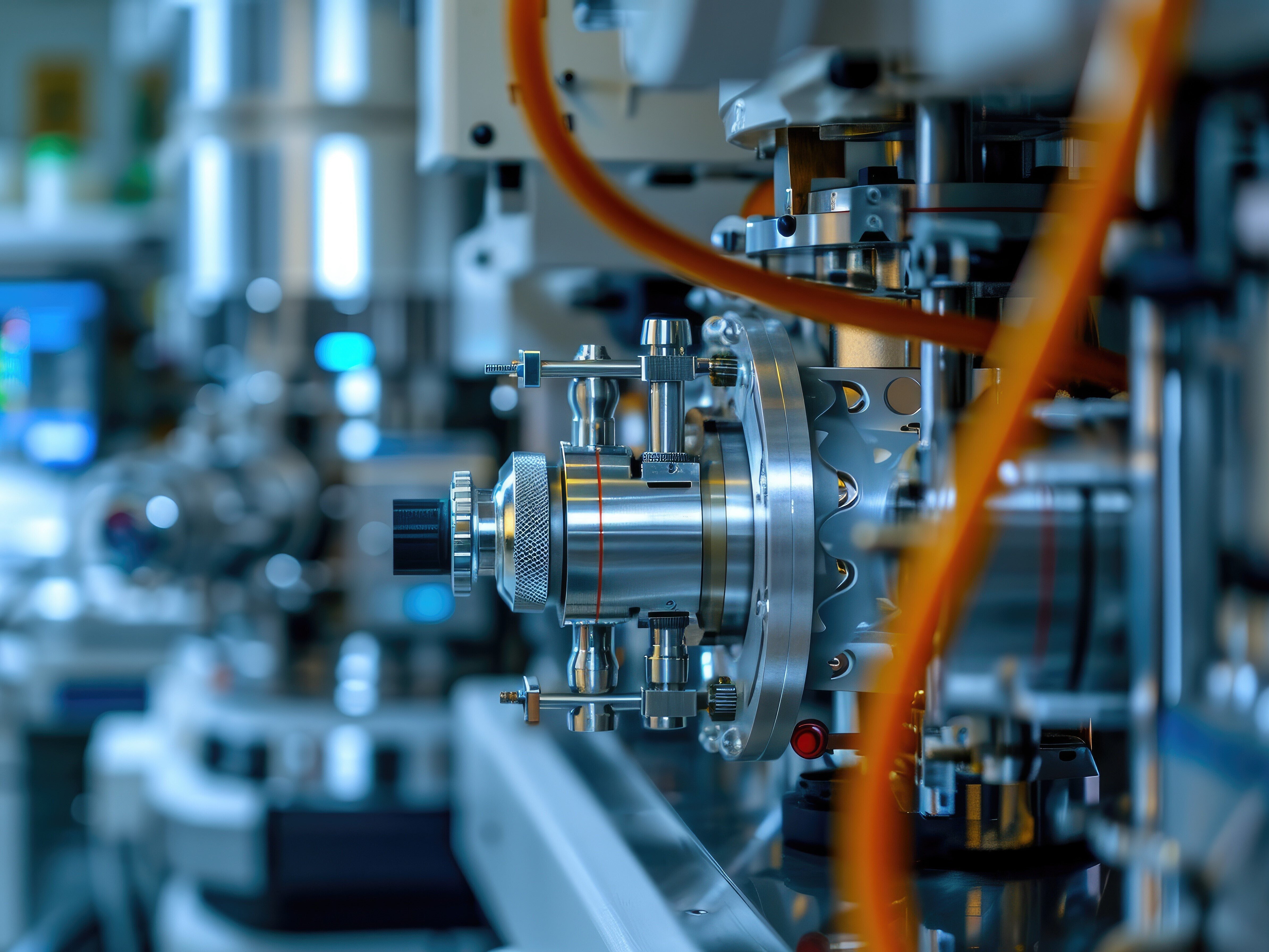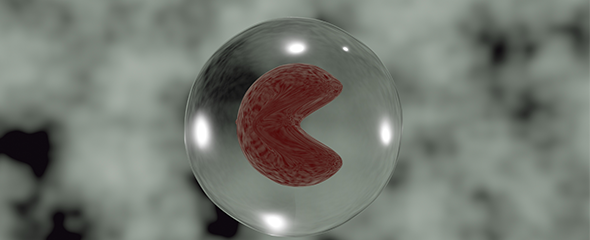
Biomarkers of Infectious Diseases

Our Research
In addition, the researchers try to identify individuals that are at high risk of a non-response to a given vaccination and would therefore benefit from alternative vaccination strategies, for example higher doses, more frequent applications, adjuvanted vaccines or next-generation vaccines.
We put particular emphasis on supporting the mission of the Centre for Individualised Infection Medicine (CiiM) and to maximize collaborations with MHH clinicians and the CRC Core Facility and Biobank. Through these collaborations, we have access to biosamples such as peripheral blood cells, plasma, or cerebrospinal fluid from patients and the respective healthy controls and disease controls (disease with similar symptoms but different etiology). Our approach to biomarker discovery is based on unbiased (“hypothesis free”) profiling of biosamples, in particular using mass spectrometry and RNA sequencing. We also investigate potential roles in pathogenesis of the most promising biomarkers, as they or the associated metabolic pathways may constitute –in addition to the pathogens- therapeutic targets for adjuvant therapies. Molecules whose concentrations are decreased in patients could potentially even be used as therapeutics.
Our Research
In addition, the researchers try to identify individuals that are at high risk of a non-response to a given vaccination and would therefore benefit from alternative vaccination strategies, for example higher doses, more frequent applications, adjuvanted vaccines or next-generation vaccines.
We put particular emphasis on supporting the mission of the Centre for Individualised Infection Medicine (CiiM) and to maximize collaborations with MHH clinicians and the CRC Core Facility and Biobank. Through these collaborations, we have access to biosamples such as peripheral blood cells, plasma, or cerebrospinal fluid from patients and the respective healthy controls and disease controls (disease with similar symptoms but different etiology). Our approach to biomarker discovery is based on unbiased (“hypothesis free”) profiling of biosamples, in particular using mass spectrometry and RNA sequencing. We also investigate potential roles in pathogenesis of the most promising biomarkers, as they or the associated metabolic pathways may constitute –in addition to the pathogens- therapeutic targets for adjuvant therapies. Molecules whose concentrations are decreased in patients could potentially even be used as therapeutics.
Selected Publications
Chen F, Lukat P, Iqbal AA, Saile K, Kaever V, van den Heuvel J, Blankenfeldt W, Büssow K, Pessler F. Crystal structure of cis-aconitate decarboxylase reveals the impact of naturally occurring human mutations on itaconate synthesis. Proc Natl Acad Sci U S A. 2019 Oct 8;116(41):20644-20654. doi: 10.1073/pnas.1908770116. Epub 2019 Sep 23.
Samir M, Vidal RO, Abdallah F, Capece V, Seehusen F, Geffers R, Hussein A, Ali AAH, Bonn S, Pessler F. Organ-specific small non-coding RNA responses in domestic (Sudani) ducks experimentally infected with highly pathogenic avian influenza virus (H5N1). RNA Biol. 2019 Oct 4:1-13. doi: 10.1080/15476286.2019.1669879. [Epub ahead of print]
Akmatov MK, Riese P, Trittel S, May M, Prokein J, Illig T, Schindler C, Guzmán CA, Pessler F. Self-reported diabetes and herpes zoster are associated with a weak humoral response to the seasonal influenza A H1N1 vaccine antigen among the elderly. BMC Infect Dis. 2019 Jul 23;19(1):656. doi: 10.1186/s12879-019-4214-x.
Sühs KW, Novoselova N, Kuhn M, Seegers L, Kaever V, Müller-Vahl K, Trebst C, Skripuletz T, Stangel M, Pessler F. Kynurenine Is a Cerebrospinal Fluid Biomarker for Bacterial and Viral Central Nervous System Infections. J Infect Dis. 2019 Jun 5;220(1):127-138. doi: 10.1093/infdis/jiz048.


